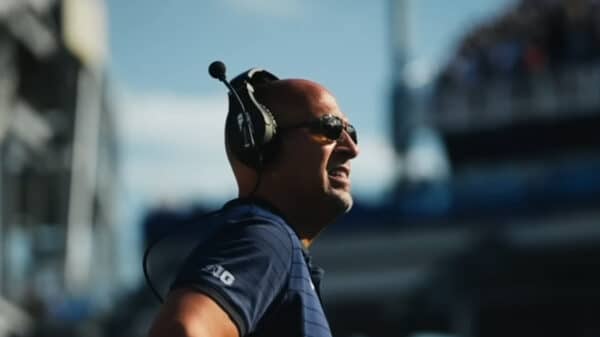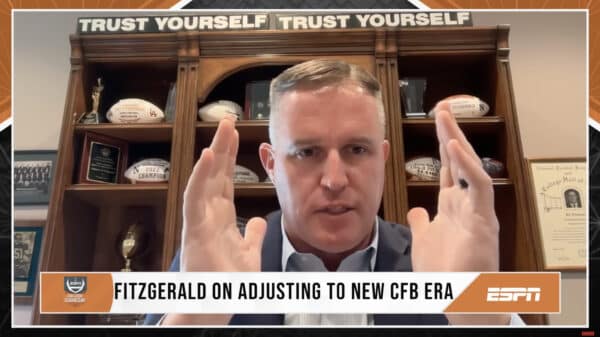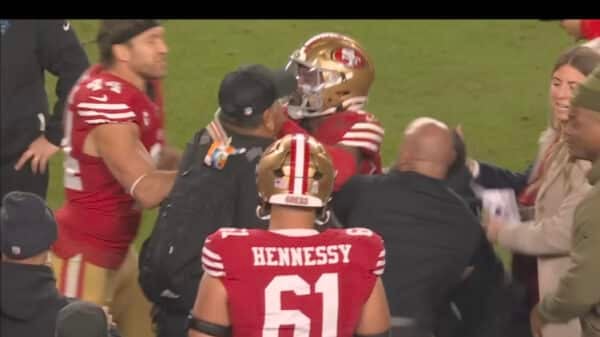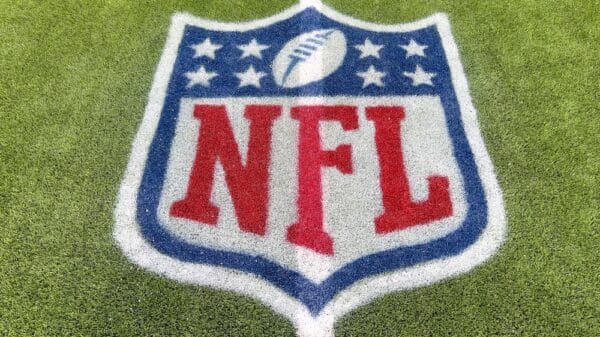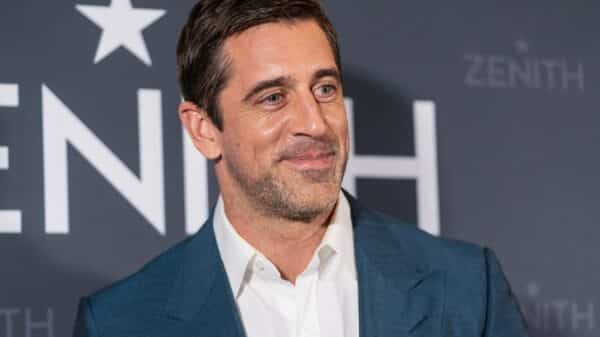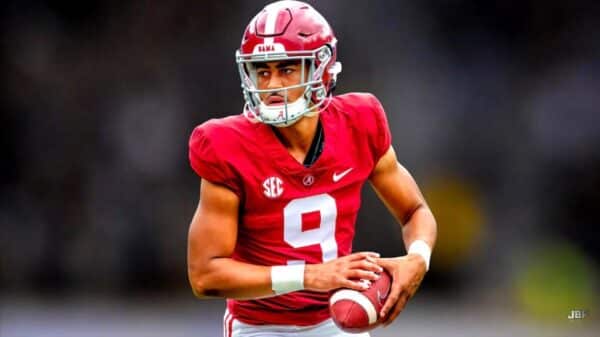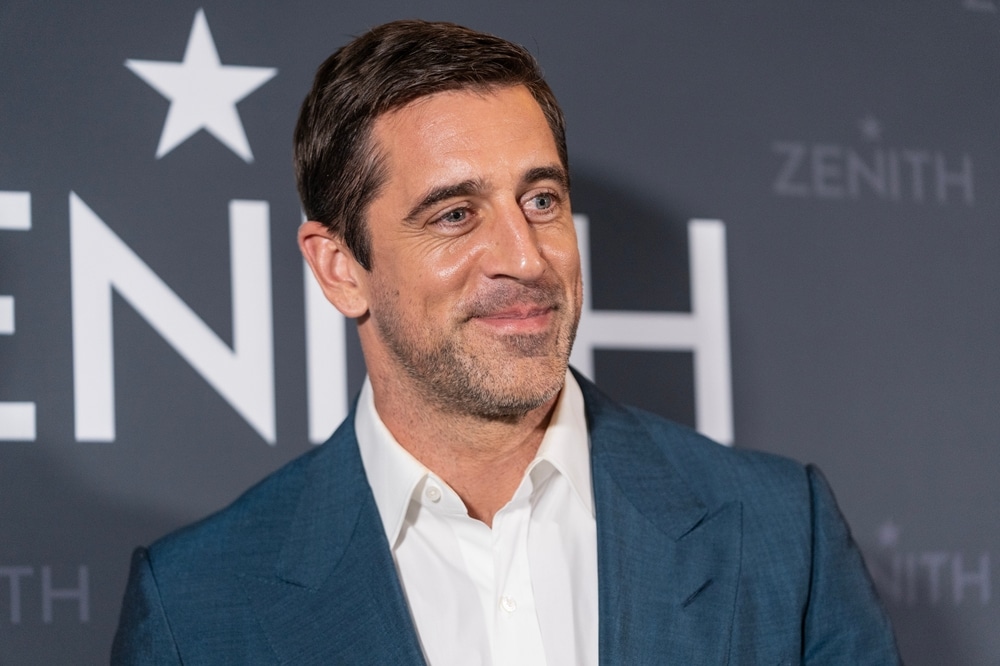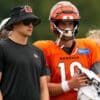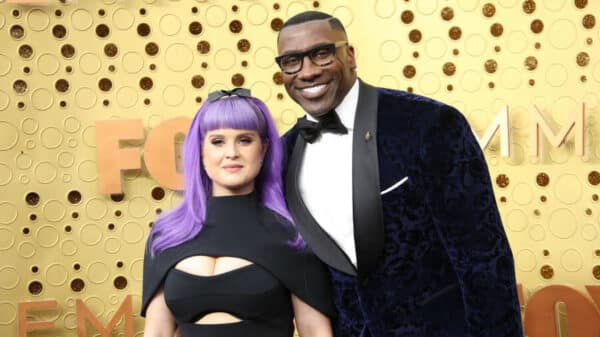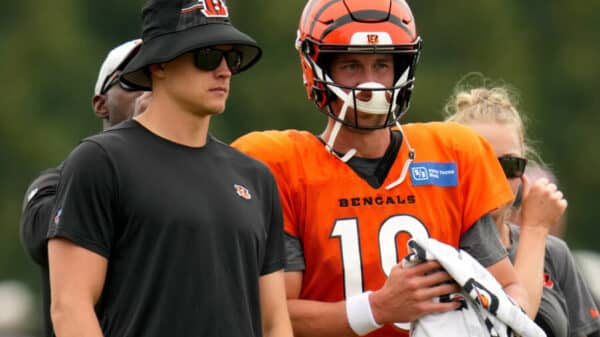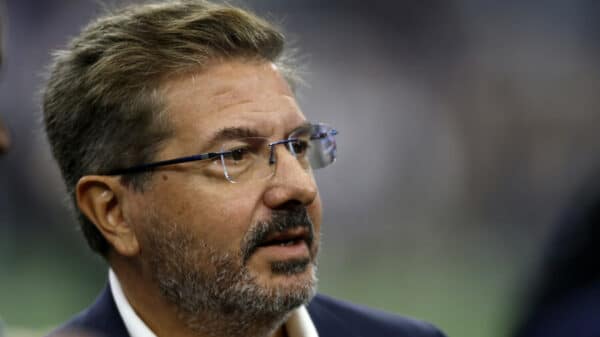As Aaron Rodgers settles into his new role with the Pittsburgh Steelers, he encounters a set of unique challenges, one of the most pressing being his choice of helmet. With the NFL’s stringent safety regulations evolving, Rodgers finds himself in a bit of a bind, needing to switch from his preferred protective gear.
Safety Regulations and Equipment Standards
Rodgers can no longer wear the Schutt Air XP Pro Q11 LTD model that he favored last season. This helmet, along with several others, has been banned for failing to meet the NFL and NFL Players Association’s latest safety standards. The shift is part of the league’s ongoing commitment to player safety, reflecting a broader trend in sports where protective gear undergoes rigorous testing.
The Dilemma of Adaptation
Currently, Rodgers is practicing with the Schutt Air XP Pro VTD II helmet. However, he has expressed dissatisfaction with the model, describing it as resembling a “spaceship.” This sentiment echoes a common frustration among veteran players who have longstanding attachments to their equipment. Navigating this change poses not only a physical adjustment but also a mental one, as players like Rodgers grapple with the nostalgia tied to their preferred gear.
Insights from Experts
Erin Hanson, co-founder and CEO of Guardian Sports, weighed in on the situation, acknowledging the delicate balance between tradition and player safety. “I get it—he wants to wear what he’s always worn and what he’s been successful wearing,” Hanson remarked. “Tradition and superstition are one thing, but the [NFL] is very invested in their safety and has to make changes as innovations come.” This perspective emphasizes the importance of adapting to new safety measures, even if they challenge longstanding habits.
The Collective Frustration of Players
Rodgers is not alone in his helmet struggles. Notable former NFL players such as Tom Brady and Antonio Brown have also experienced frustration under the new helmet regulations. Brown infamously threatened retirement over similar concerns, illustrating how significant the attachment to specific equipment can be for players.
The Evolution of Helmet Safety
The changes in helmet regulations reflect a broader evolution in the NFL’s approach to player safety. Rogers, at 41 years old, represents a generation of players accustomed to different safety standards. As younger players enter the league, they often adapt more readily to the latest equipment innovations, potentially easing future transitions for rookies while veteran players navigate their preferences.
The Importance of Education in Gear Selection
J.C. Wingo, the former CEO of Riddell Sports, highlights the critical role that education plays in helping players understand equipment safety. “The educational part has grown a great deal,” Wingo stated. As helmet manufacturers improve their communication regarding product benefits and safety features, older players may need additional support to embrace these changes.
A Strong Brand Relationship
Rodgers’ long-term relationship with Schutt adds another layer of complexity to this dilemma. Having worn their helmets for two decades, his loyalty is evident. Comments from industry insiders suggest that both Schutt and the league aim to retain top athletes like Rodgers, given their influence on younger players in the sport.
Conclusion: Adapting to Change
Despite the challenges, Rodgers remains optimistic about adapting to a new helmet before the Steelers’ season opener against the New York Jets on September 7. As he works through his helmet selection, the intersection of tradition, safety, and performance in football equipment continues to evolve, highlighting the ongoing commitment to player well-being in the NFL.
Image Source: lev radin / Shutterstock



